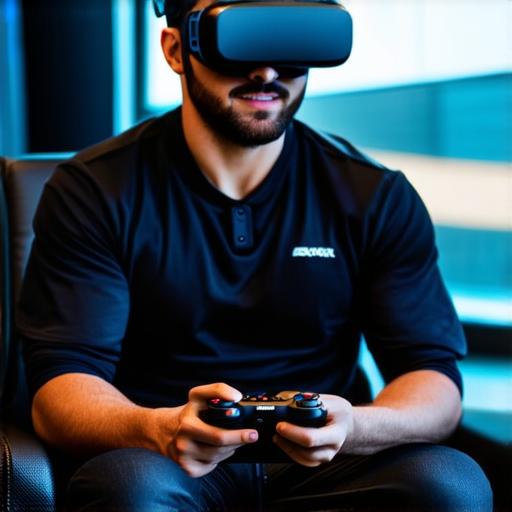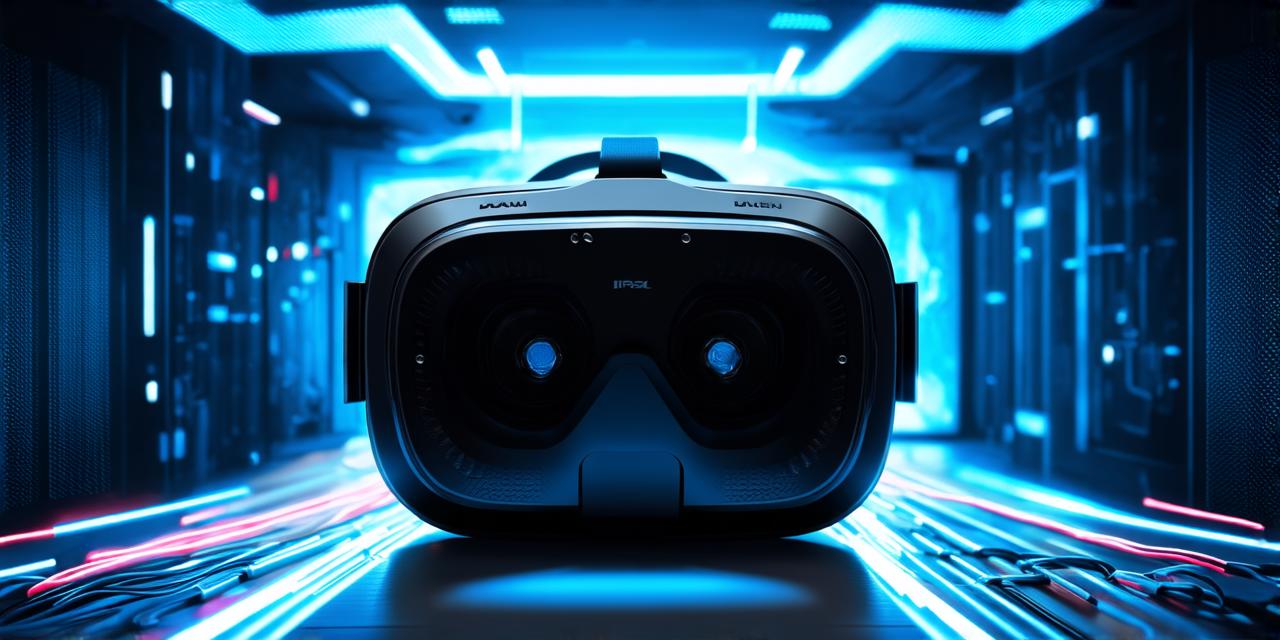Virtual reality (VR) technology is rapidly changing the way we interact with digital content and the world around us. VR systems are becoming increasingly popular for entertainment, education, and other applications.

Types of Virtual Reality Systems
There are three main types of VR systems:
- Head-Mounted Displays (HMDs)
- Wireless Hand Tracking Systems
- Room-Scale Systems
HMDs are worn on the head and provide a fully immersive experience by displaying stereoscopic images directly in front of the user’s eyes. They can be used for gaming, education, training, and other applications.
2. Wireless Hand Tracking Systems
Wireless hand tracking systems allow users to interact with virtual objects in a natural way without any wires or sensors attached to their body. They are used for gaming and interactive experiences.
3. Room-Scale Systems
Room-scale systems require a large amount of space to operate and provide a more realistic experience by allowing users to move around freely in a virtual environment. They are used for gaming, education, and training.
Features and Capabilities of Virtual Reality Systems
VR systems have several features and capabilities that make them suitable for different applications. Some of these include:
- High-Resolution Displays
- Motion Tracking
- Haptic Feedback
- Social Interaction
Potential Use Cases of Virtual Reality Systems
Virtual reality systems have the potential to revolutionize several industries, including gaming, education, healthcare, and more. Some of the potential use cases include:
- Gaming
- Education
- Healthcare
- Training and Simulation
Real-Life Examples of Virtual Reality Systems
Virtual reality systems are already being used in several industries, including gaming, education, healthcare, and more. Here are some real-life examples:
- Gaming – Beat Saber by Beat Games
- Education – Tilt Brush by Google
- Healthcare – Fearless Explorer by Emotient
- Training and Simulation – Flight Simulator by Microsoft
område>
FAQs
Here are some frequently asked questions about virtual reality systems:
Q: What is the difference between HMDs, wireless hand tracking systems, and room-scale systems?
A: HMDs are worn on the head, wireless hand tracking systems allow users to interact with virtual objects without any wires or sensors attached to their body, and room-scale systems require a large amount of space to operate.
Q: What are some potential use cases for VR systems?
A: VR systems can be used in gaming, education, healthcare, training and simulation, and other applications.
Q: What are some real-life examples of VR systems being used?
A: Some real-life examples include “Beat Saber,” “Tilt Brush,” “Fearless Explorer,” and “Flight Simulator.”
Summary
Virtual reality technology is rapidly changing the way we interact with digital content and the world around us. VR systems are becoming increasingly popular for entertainment, education, healthcare, and other applications. With their high-resolution displays, motion tracking, haptic feedback, and social interaction capabilities, VR systems provide a unique and immersive experience that is unparalleled by traditional technology. As the industry continues to grow and evolve, we can expect to see even more exciting use cases for VR systems in the future.
